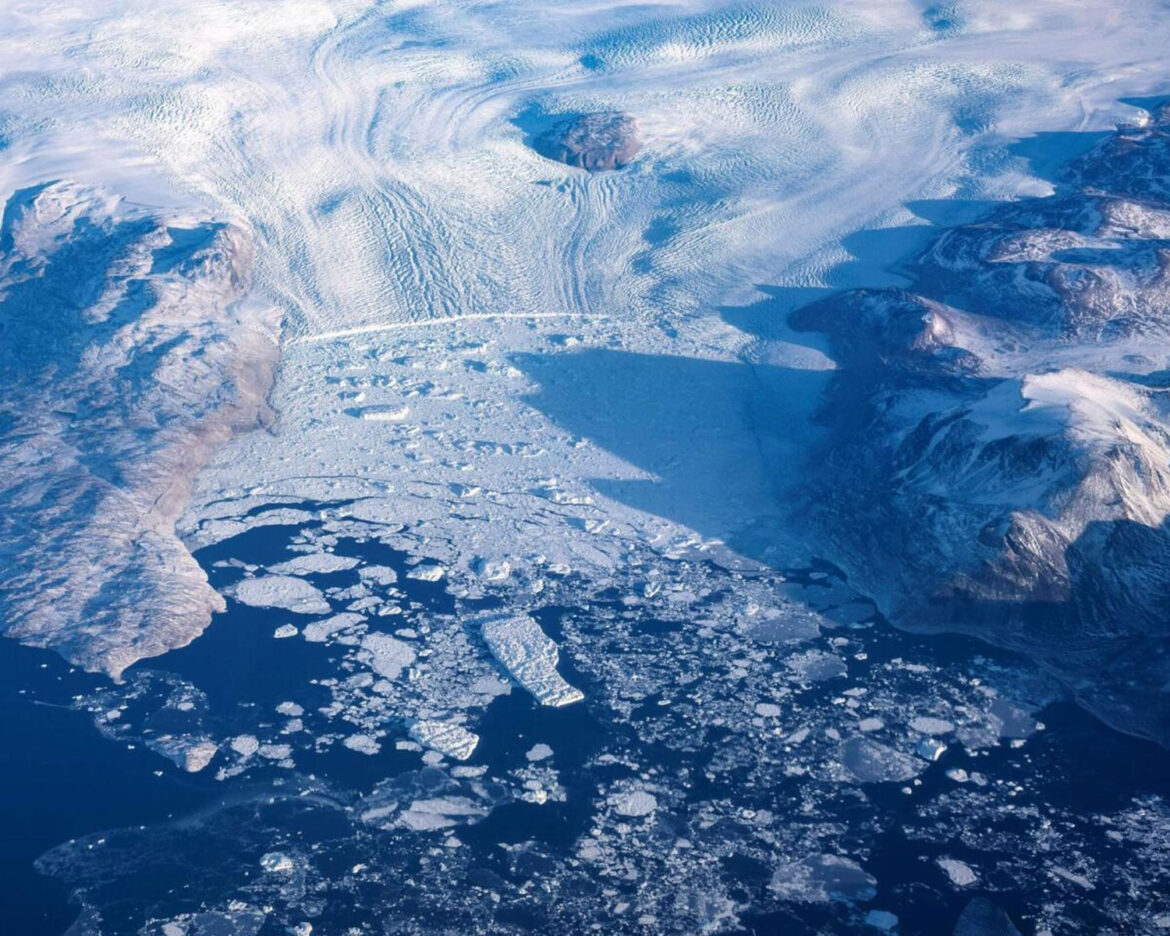In September 2023, a catastrophic landslide in Greenland’s remote Dickson Fjord triggered a colossal tsunami and generated seismic signals that puzzled scientists around the world. The event, lasting an unprecedented nine days, caused tremors to be detected as far as Antarctica. The landslide, driven by climate change, has been closely examined by experts, highlighting the increasing risks posed by a warming climate.
A Global Seismic Puzzle
The seismic signals recorded during the event were unusual, producing persistent vibrations distinct from typical earthquake patterns. These signals, described as a single-frequency hum, left researchers baffled. “When I first saw the seismic signal, I was completely baffled,” stated Dr. Stephen Hicks from University College London’s Earth Sciences department.
Massive Landslide and Tsunami
The landslide involved the collapse of a 1.2-kilometre-high mountain peak into the fjord, displacing approximately 25 million cubic metres of rock and ice. This resulted in a tsunami wave that initially reached 110 metres high, before quickly diminishing to 7 metres. The water movement within the fjord generated global seismic signals that were observed for days.
Scientific Investigation
An international team of 68 researchers from 40 institutions across 15 countries embarked on a thorough investigation. Using computer modelling, satellite data, and field measurements, the team successfully recreated the event. Their models predicted the global seismic waves, furthering understanding of the immense scale of the disaster.
Climate Change Implications
The landslide was linked to glacier thinning, a direct result of climate change. According to Dr. Kristian Svennevig of the Geological Survey of Denmark and Greenland, this marks the first-ever landslide and tsunami observed from eastern Greenland, a region significantly affected by warming temperatures.
The Need for Enhanced Monitoring
As the Arctic warms nearly four times faster than the global average, experts urge increased surveillance in polar regions. The study emphasises the need for early warnings and monitoring systems to mitigate the risk of future landslides and tsunamis as climate change continues to intensify.
This event serves as a reminder of the interconnectedness between climate change and natural disasters, urging the world to take greater action in protecting vulnerable regions.



